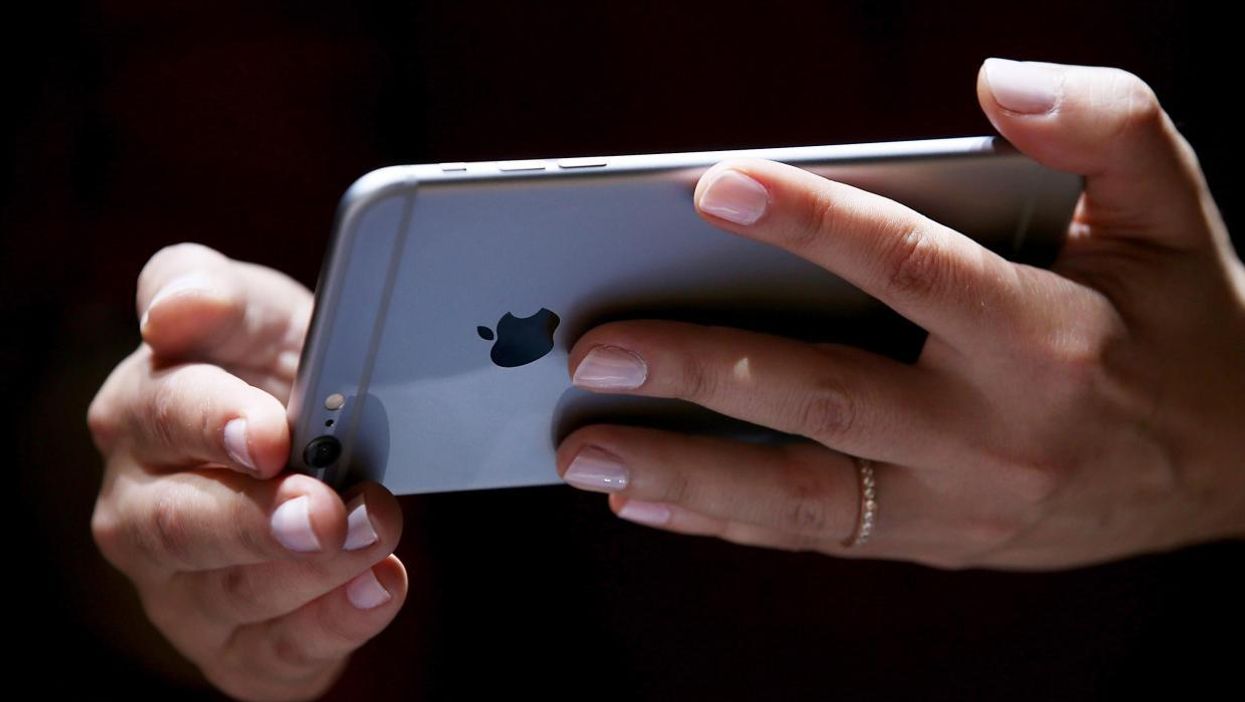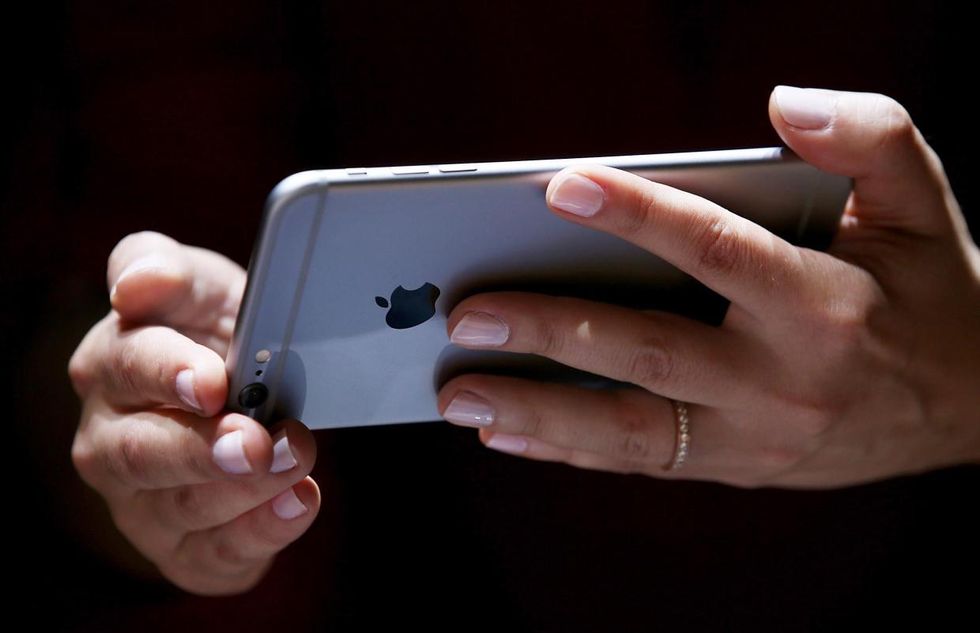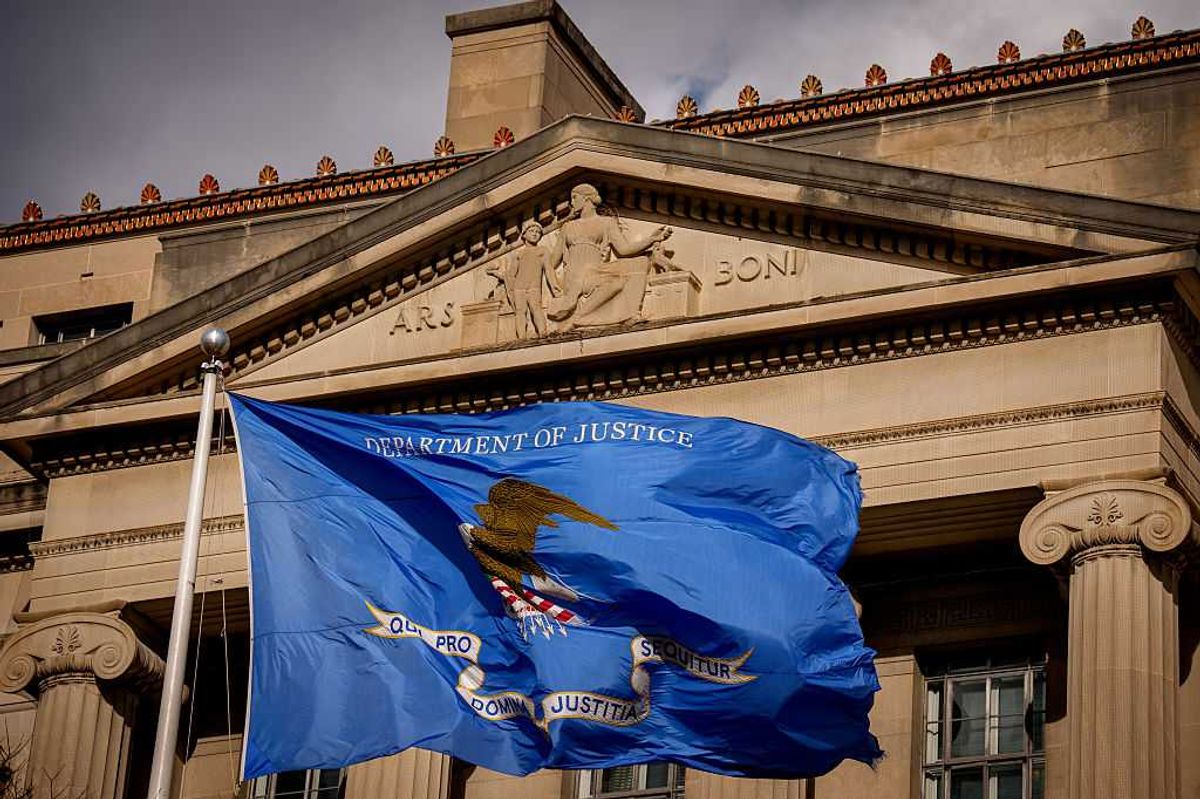Science & Tech
Colby Itkowitz
Jul 02, 2016

Human traffickers commonly advertise children for sex using explicit pictures taken from inside hotel rooms. These photos are easy to find on the Internet. The challenge for law enforcement is figuring out where the photos were taken.
That’s where the general public may now be able to help by taking pictures of their hotel rooms when traveling.
The concept is simple. A hotel guest takes photos of the room from as many as four different angles and uploads them through an app. The photos, tagged with their specific location, are then added to a massive database of rooms that law enforcement can compare against photos they find on the Internet of children.
Developed by researchers at Washington University in conjunction with the Exchange Initiative, a nonprofit working on solutions for ending sex trafficking, the TraffickCam app aims to help police narrow down a list of possible locations where the trafficker took the photo of a child being sold for sex. Then, the police can upload that photo to the app and compare it against the photos uploaded by the traveling public.
“For the first time anyone can help make a difference,” said Molly Hackett, principal of the Exchange Initiative. “We’re looking for millions of photos. I’m not sure if there’s anything else out there that anyone can do to help.”
The app launched June 20 and already has been downloaded more than 56,000 times. Hackett estimated it’s getting around 1,700 new photos a day from hotel-goers.
Carol Smolenski, executive director of ECPAT-USA, the American offshoot of an international nonprofit dedicated to ending sexual exploitation of children, said kids are often bought and sold in hotel rooms from high-end to budget motels.
“The takeaway is that it’s a phenomenon in the United States, and most people don’t think that’s true. They think it’s happening somewhere else,” she said. “The whole industry is off the streets, so those transactions have to happen someplace. Very frequently it’s in a hotel room.”
She said the TraffickCam app, which is available for iOS and Android, isn’t going to solve the problem, but it’s one more tool that could help.
There’s dispute over how many children are sex trafficked in America, but Sgt. Adam Kavanaugh with the St. Louis County Police said anecdotally he’s seen the numbers increase over the past 15 years. The Internet has made it easier for traffickers to recruit people who want to sexually exploit minors, he said.
Kavanaugh is testing the TraffickCam app from the law enforcement side to see how well photos he uploads match to the database. So far it has had 85 percent accuracy rate in the first 20 photos matched, Hackett said.
Kavanaugh is optimistic that the app will work as intended. But he also thinks involving the general public in the process will be beneficial for generally raising awareness. Much as public perception of domestic violence has shifted away from blaming the woman for not leaving to understanding that she is a victim of a serious crime, he said he hopes the same will be true for perceptions of child sex trafficking, or what is often called modern-day slavery.
Historically, minors who have been paid for sex often have been treated as criminals instead of victims.
“When we started this work they were all seen as bad kids who behaved badly. There has been a shift afoot,” Smolenski said. “A 14-year-old in prostitution is not a bad kid, they’ve had a really hard knock at life. They’re really being exploited by someone who has power and money.”
Copyright: Washington Post
More: Russia is the most heavily policed country in the world
Top 100
The Conversation (0)














